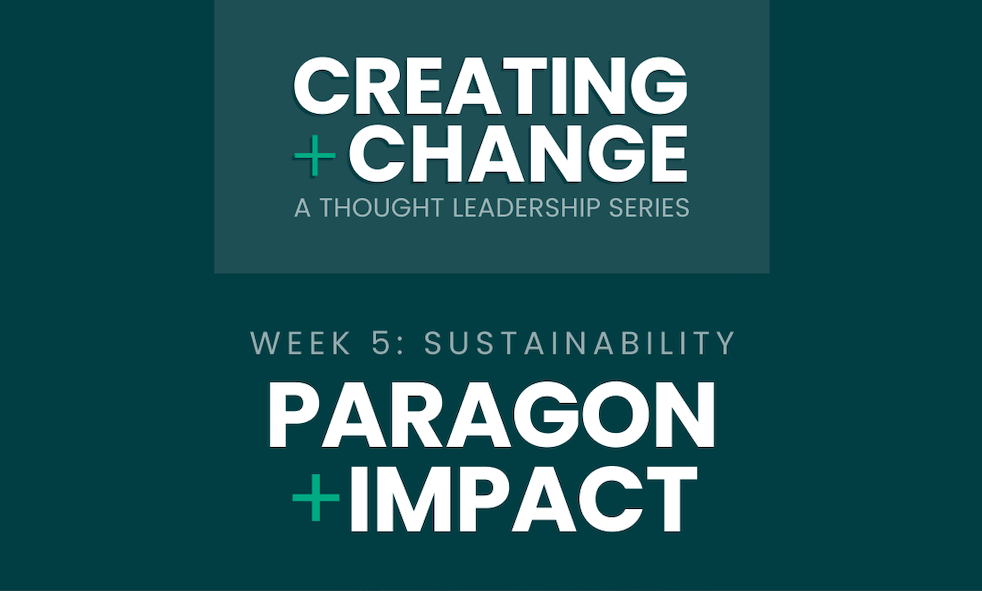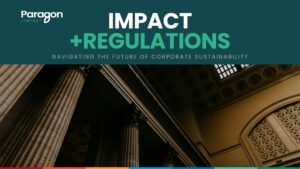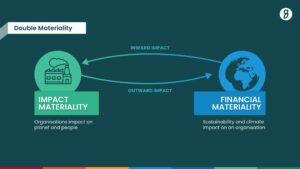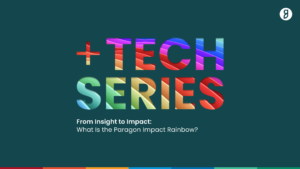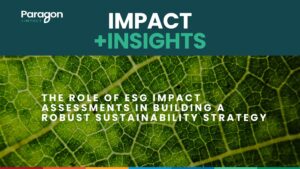
From Baseline to Breakthrough: How ESG Impact Assessments are the Cornerstone of Your Organisation’s Sustainability Strategy
From Baseline to Breakthrough: How ESG Impact Assessments are the Cornerstone of Your Organisation’s Sustainability Strategy Published: 9th July 2024 Written by: Kieren Bremner Dunne,

